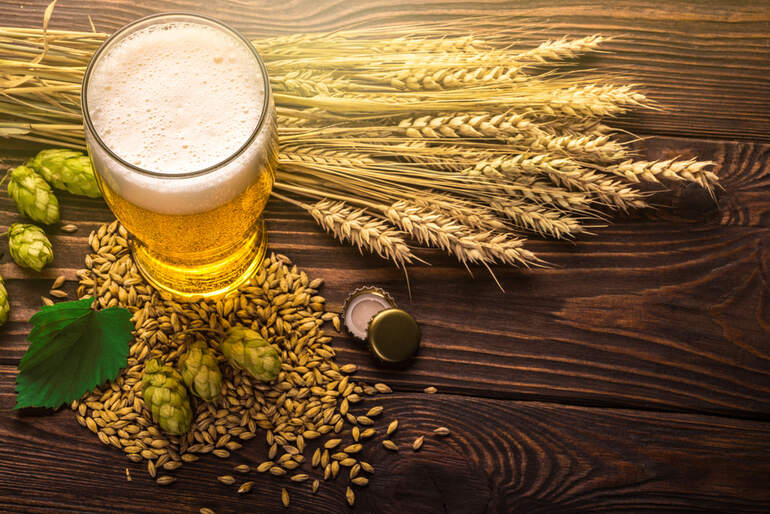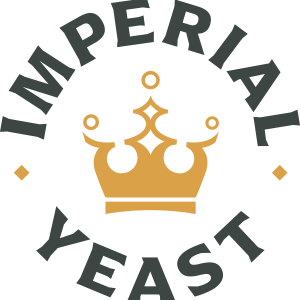Many homebrewers have a sense of adventure. Playing with established beers or coming up with new ideas is the essence of brewing at home. Instead of only following the rules, brewers experiment with what’s inside the beer, such as modifying hops, heating evenly, or trying unusual products.
By going beyond average brewing techniques but looking ahead to what can happen, a homebrewer turns the hobby into a real mix of art and science. That’s why both artisan brewers and brewing companies never stop searching for the best results and the most creative ingredients.
Risk-Reward Principles Across Different Pursuits
The concept of weighing risk against potential reward extends far beyond brewing. In investment, traders carefully analyse potential upside against possible losses. Chefs consider whether premium ingredients will meaningfully elevate a dish enough to justify their cost. Even gardeners evaluate whether exotic plant varieties are worth the extra care they might require.
There is a close link to gaming and gambling because participants there are always weighing their possible profits against the money they place on the line. While a skilful poker player might not play a good hand so as not to lose, a smart casino player judges the odds and increases their bet when needed.
This no longer resembles mindless slot machine spinning—it’s truly a fascinating process that blends luck with logic. If you’re interested in exploring this more thoughtful side of gaming, trying out platforms that reward smart play can be a great start. Claiming an NV casino bonus is one way to dive in, giving you access to games where strategy can make a real difference, without having to risk too much up front.
The same advice applies to homebrewers thinking about using high-end or different types of ingredients. Similarly, a smart brewer doesn’t let experimental brewing impact their basic production, choosing limits that prevent damage to the main program.
The High-Stakes Game of Premium Ingredients
Lately, the market for homebrewing has grown quickly, giving brewers the option to use rare and premium ingredients. Specialized candi syrup, unusual hops, different kinds of yeasts, and old casks can change an average brew into a remarkable one, at the expense of making these experiments expensive.
The decision to include costly ingredients isn’t made easily by most brewers. When a batch doesn’t turn out right because of expensive New Zealand hops or Madagascan vanilla, it isn’t just the ingredients that are lost—a lot of money is as well. Once they turn out well, these extra ingredients help a homebrew compete on a high level or bring about special moments that are worth the effort.
Recognising the Right Moment for Experimentation
Knowing when to take the plunge with premium ingredients requires careful consideration of several factors. The following circumstances typically indicate favourable conditions for higher-risk brewing experiments:
- Technical proficiency has been established – Consistently producing quality beer using standard ingredients demonstrates the brewer has mastered fundamental techniques.
- The base recipe is proven and stable – Having a reliable foundation recipe that consistently produces expected results creates a controlled environment for testing additions.
- Specific flavour objectives have been identified – Clear goals for what the expensive ingredient should contribute to help evaluate success and adjust future batches.
- Smaller batch capability exists – The ability to brew smaller test batches reduces financial exposure while still providing meaningful data.
- Budget specifically allocated for experimentation – Setting aside dedicated funds for brewing exploration creates boundaries that protect the overall brewing program.
- Proper storage and handling capabilities are in place – Premium ingredients often require special handling to preserve their qualities; having these systems ensures ingredients won’t be wasted.
Common Premium Ingredients Worth Considering
The world of premium brewing ingredients expands constantly, but several categories consistently offer exciting possibilities for adventurous brewers:
- Rare hop varieties with unique aromatic and flavour profiles
- Heritage and heirloom grains
- Premium adjuncts like fruits, spices, and botanicals
- Barrel-aging components
- Wild and specialty yeast strains
- Luxury additives like truffles, saffron, or rare honey varieties
Risk Management Strategies for Expensive Ingredients
Smart experimentation doesn’t mean blind risk-taking. Experienced brewers employ various techniques to mitigate the financial impact of working with premium ingredients while maximising potential rewards.
Split Batching: The Experimental Brewer’s Best Friend
Perhaps the most valuable risk management technique is split batching. By dividing a standard batch after primary fermentation, brewers can test expensive additions on just a portion of the brew. This approach creates a control group (the untreated portion) and an experimental group, allowing for direct comparison while limiting exposure.
For example, a 5-gallon batch could be split, with 4 gallons remaining as the base beer and 1 gallon receiving treatment with an expensive dry-hopping addition or fruit infusion. This provides meaningful feedback at a fraction of the cost.
Incremental Scaling: Building Confidence Through Progression
Rather than immediately committing to full-scale use of a premium ingredient, savvy brewers often implement a progressive approach. This typically begins with thorough research on how others have used the ingredient and appropriate amounts. Next comes bench trials to test the ingredient in very small samples and establish flavour impact. A small batch test of 1-2 gallons often follows before moving to partial incorporation in split batches. Only after these steps do most brewers commit to full-scale implementation with confidence. This methodical approach reduces risk while building knowledge with each step.
Collaborative Experimentation
Another effective strategy involves pooling resources with fellow homebrewers. When several brewers share the cost of expensive ingredients, each can experiment with smaller quantities in their unique brewing environments. This collective approach generates more data points and insights while distributing the financial risk.
Brew clubs frequently organise group buys of premium ingredients, allowing members to access small quantities of expensive items at reasonable costs. These collaborative experiments often yield valuable comparative data as different brewers apply varying techniques to the same ingredients.
Calculating ROI in Homebrewing
While homebrewing remains primarily a hobby pursuit, applying basic return on investment principles helps determine when premium ingredients make sense. Before purchasing expensive ingredients, brewers should objectively assess what value they expect to gain. This might include competition potential, special occasion worthiness, educational value, and simple enjoyment of the process.
Breaking down the incremental cost per glass can help put premium ingredients into a clearer perspective for brewers. For example, adding $30 worth of high-quality fruit purée or specialty hops to a 5-gallon batch translates to just around $0.60 per pint—still far below the price of many commercial craft pours featuring similar profiles. This cost-benefit analysis often justifies thoughtful experimentation, especially when brewing for special occasions or seasonal releases.
That said, timing and conditions matter. Sometimes the wisest move is to hold off on using expensive or delicate ingredients until your setup and schedule are fully optimised. Red flags might include equipment limitations that could hinder proper flavour extraction, lack of temperature control during fermentation, an upcoming travel schedule that limits monitoring, a recent history of contamination, or simply being unsure about best practices for ingredient handling. In those cases, patience is more than a virtue—it’s part of quality control.
Documentation: The Experimental Brewer’s Most Valuable Tool
Regardless of outcome, thorough documentation transforms every experimental batch into a valuable learning opportunity. Digital brewing software, dedicated brewing journals, and detailed recipes with tasting notes create a knowledge base that guides future experiments and reduces repeated mistakes.
Smart brewers record exact quantities and timing of ingredient additions, sensory observations throughout the process, temperature profiles, environmental conditions, participant feedback from blind tastings, and ideas for adjustments in future iterations. This documentation transforms even “failed” experiments into valuable data points rather than mere financial losses.
Real-World Success Stories
The homebrew community is filled with examples of brewers who took calculated risks with premium ingredients and achieved remarkable results.
The Vanilla Bourbon Imperial Stout
One homebrewer invested in premium Madagascar vanilla beans and single-barrel bourbon for an imperial stout. After careful research, they first tested the additions in a 1-gallon batch, refining ratios before scaling to a full 5-gallon brew. The resulting beer won first place at a regional competition and became a requested favourite among friends, justifying the $75 premium ingredient cost through recognition and enjoyment.
The Heritage Grain Saison
Another brewer partnered with a local heritage grain farmer to access rare, historically significant wheat varieties for a traditional saison. The ingredient cost was triple that of standard wheat, but the unique flavour profile and connection to agricultural history created a memorable beer that told a compelling story, one that couldn’t have been achieved with conventional ingredients.
Brewing with Purpose
Making homebrew involves finding the right place where experimentation meets practical considerations. Anyone ready to experiment with premium ingredients can enjoy exciting flavours.
Using smart approaches to managing risks and testing, maintaining careful logs, and storing brewing notes helps homebrewers enjoy beer made from expensive ingredients without often facing big losses. By using this approach, brewing goes from just replicating recipes to a creative and developing craft based on smart experimentation. For competitions, original celebrations, or bold new taste experiences, working with top-quality ingredients is a test that teaches and satisfies any brewer.








